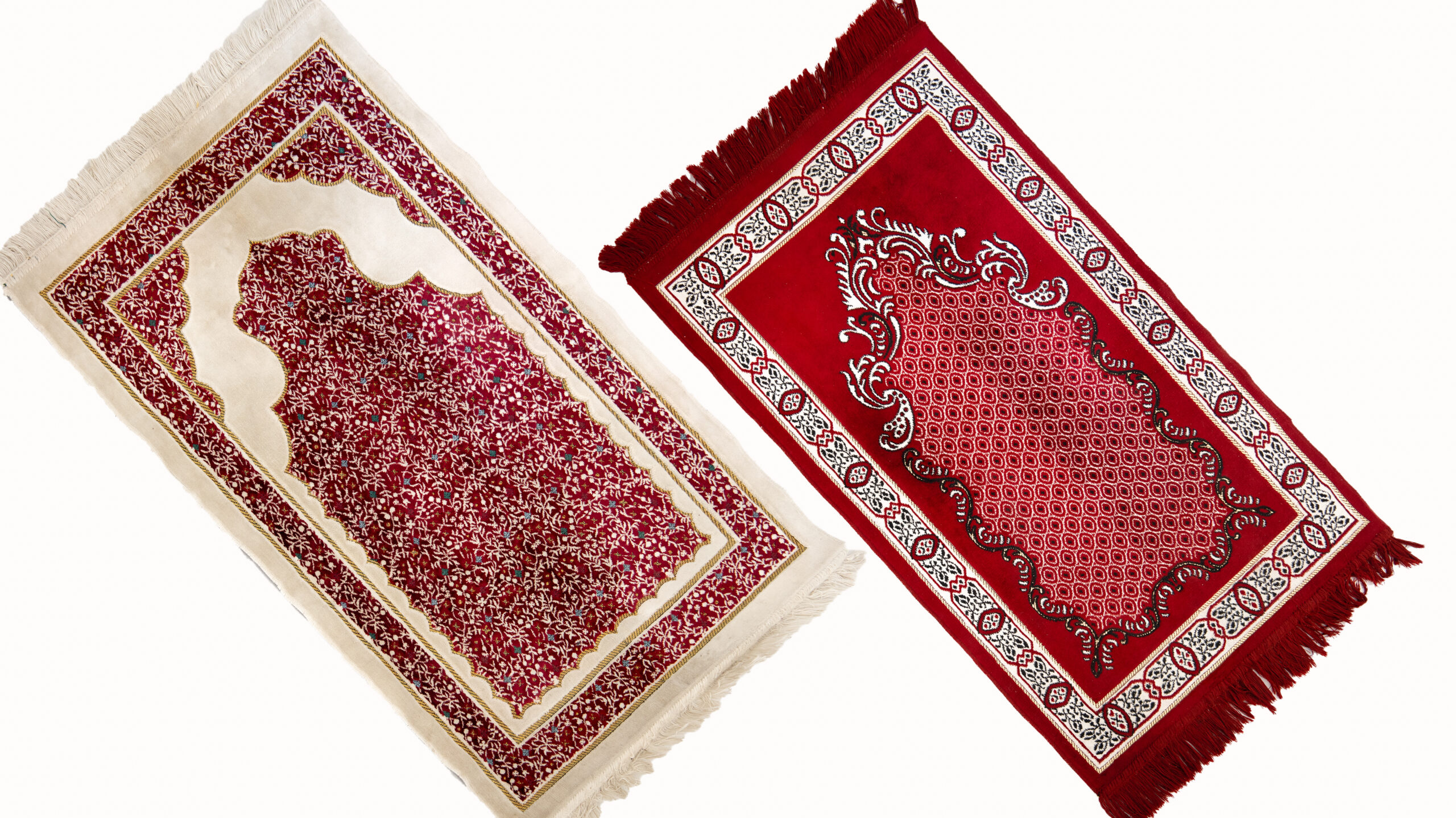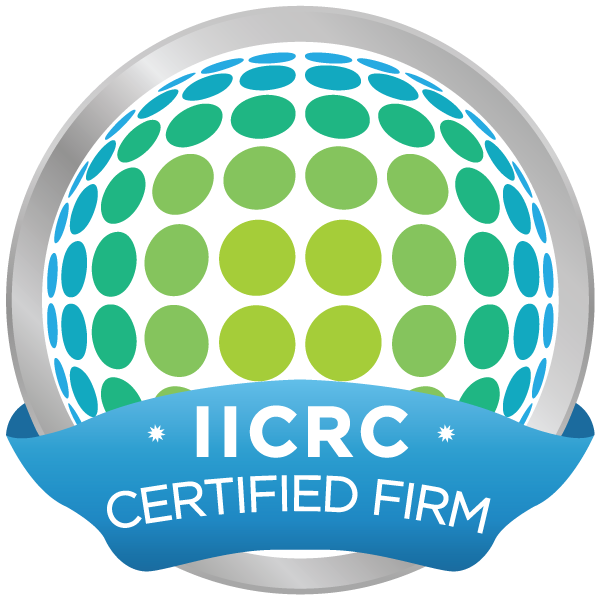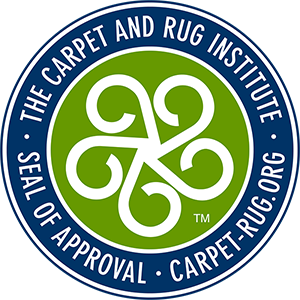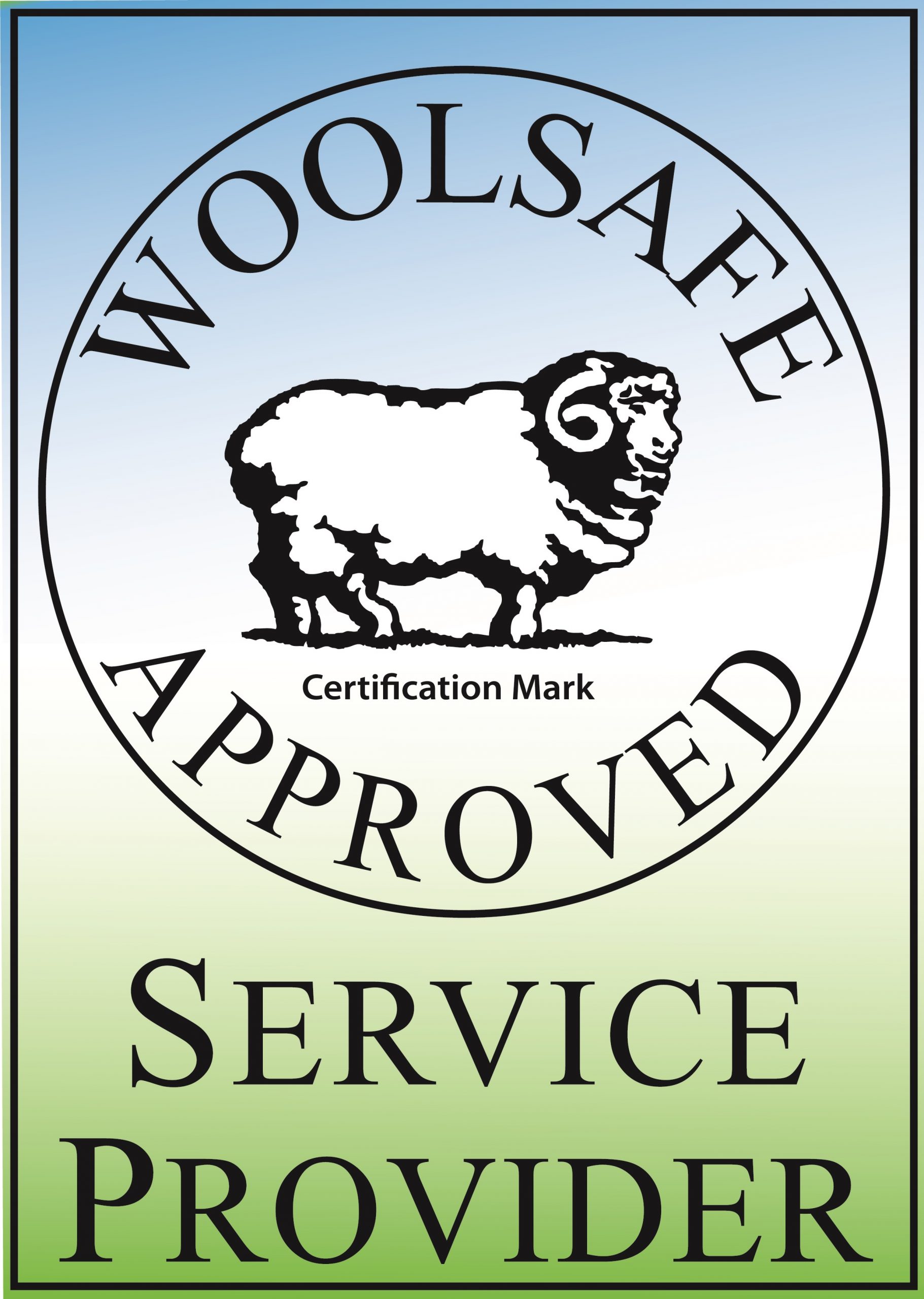
The Religious Significance Of The Muslim Prayer Rug
The Sacred Thread: Understanding Muslim Prayer Rugs
Muslim prayer rugs are more than just pieces of cloth – they’re spiritual companions. As the “cleaner of choice” for hundreds of devout Muslim rug owners, we’ve spent years studying these sacred textiles. In this article, we’ll explore the deep meaning behind Muslim prayer rugs, their historical roots in the Islamic faith, how to identify them, determine their age, and even how to respectfully dispose of one that has served its time.
This post is based on an exclusive interview with the Rug Master of Oriental Rug Salon, a leading Oriental and Persian rug appraiser and care specialist serving clients nationwide.
What is a Muslim Prayer Rug?
A Muslim prayer rug (known as sajjāda in Arabic) is a portable, often beautifully woven textile used during daily prayers (salat). It provides a clean space for the act of worship, aligning the body and mind with a sense of discipline and reverence.
Why Are Prayer Rugs Important in Islam?
Prayer rugs help maintain cleanliness during prayer and offer a symbolic boundary for sacred space. More than just a surface, the rug reminds Muslims of the humility and purity expected in worship.
Imagine stepping into a tiny, silent mosque wherever you are—that’s what a prayer rug provides.
When Did Prayer Rugs Enter Islamic Worship?
The use of prayer rugs likely began during the early Islamic era when Prophet Muhammad (PBUH) emphasized the importance of cleanliness in prayer. While not explicitly mandated, rugs naturally became common as Muslims spread to regions with unclean or harsh ground surfaces.
Design Features of Muslim Prayer Rugs
Muslim prayer rugs often feature a mihrab design—a pointed arch that shows the direction of qibla (toward Mecca). Other elements might include:
- Geometric shapes
- Floral patterns
- Islamic calligraphy
These elements are never random; they carry deep meaning and purpose.
Symbolism in Motifs and Patterns
You’ll often see:
- Lamps or lanterns – symbolizing divine light
- Trees or gardens – representing paradise
- Minarets – spiritual aspiration
Each rug is a visual sermon, teaching faith through threads and color.
How to Identify an Authentic Prayer Rug
Here’s how to recognize a genuine prayer rug:
- Presence of a mihrab
- Smaller than room-sized rugs
- Soft materials like wool, cotton, or silk
- Hand-knotted craftsmanship
Tip: Flip the rug over. A genuine handmade rug shows design details on the back and may have slight irregularities.
Determining the Age of a Prayer Rug
Age can be estimated by:
- Wear patterns (look at the fringe and center)
- Color fading (especially in vegetable-dyed rugs)
- Knot density and weaving techniques
- Material oxidation in silk or wool
Consulting an expert like the Rug Master at Oriental Rug Salon can help you precisely age your rug.
Materials Used in Traditional Prayer Rugs
Most authentic prayer rugs are crafted from:
- Wool – durable and soft
- Cotton – strong foundation
- Silk – luxurious and detailed
Natural dyes were traditionally used—derived from plants, roots, and insects—which fade gracefully with age.
Cultural Variations in Muslim Prayer Rugs
Different regions contribute distinct flavors:
- Turkish rugs: Bold geometric styles
- Persian rugs: Floral and intricate
- Afghan rugs: Deep reds with tribal motifs
- Indian rugs: Soft, pastel-toned with Mughal influence
Each culture weaves its identity into the prayer rug’s soul.
How to Properly Care for a Muslim Prayer Rug
To preserve its beauty and sanctity:
- Roll, don’t fold the rug
- Avoid direct sunlight to prevent fading
- Shake off dust regularly
- Use a clean surface for storage
- Clean with non-abrasive solutions
Professional cleaning every 1-2 years is ideal. Avoid vacuuming fringes.
The Role of the Mihrab in Muslim Rug Design
The mihrab—an arch-shaped design—is the most crucial element. It points to Mecca and symbolizes the gateway to divine connection. It also ensures the rug is used correctly, with the mihrab facing forward.
Common Sizes and Usage Practices
Standard prayer rugs are around 2×4 feet. Large enough for a single worshipper, yet portable. They’re used for each of the five daily prayers and are often carried in bags when traveling.
When and How to Retire a Muslim Prayer Rug
When a prayer rug becomes worn, torn, or stained, and can no longer be used respectfully, it may be time to retire it. Some use it as a household rug in clean areas, while others repurpose it for decorative or spiritual reminders.
How to Dispose of a Muslim Prayer Rug Respectfully
Disposal should be handled with dignity:
- Wrap in clean cloth and bury it
- Burn it cleanly, if culturally acceptable
- Recycle or donate, if still usable
Avoid discarding it like trash. Treat it as you would a Quran—respectfully.
Rug Cleaning and Preservation Tips
To maintain your rug’s spiritual and physical integrity:
- Avoid harsh chemicals
- Use a gentle cloth to spot-clean stains
- Store in a breathable bag
- Avoid damp areas
- Schedule professional cleanings
Oriental Rug Salon specializes in cleaning prayer rugs with care and religious sensitivity. Our team uses WoolSafe®-Approved solutions and IICRC-certified cleaning methods. We receive prayer rug shipments from clients throughout the United States.
Know Your Muslim Prayer Rug
A Muslim prayer rug is a sacred space, a symbol of purity, and a personal sanctuary for countless believers worldwide. Whether passed down from a parent or picked up on a pilgrimage, these rugs tell a story of faith and devotion—woven into every fiber.
If you own a prayer rug, care for it well. And when the time comes to let it go, do so with the same respect with which you prayed upon it.
For expert care or restoration of your Muslim prayer rug, contact the Rug Master at Oriental Rug Salon or call 239-424-8171.
Can I use any rug as a Muslim prayer rug?
Technically, yes, as long as it’s clean. But a dedicated prayer rug with a mihrab design helps with focus and direction.
How do I know if my prayer rug is handmade?
Check the back. If the design is mirrored and slightly uneven, it’s likely handmade. Machine-made rugs look too perfect.
Is it disrespectful to walk on a prayer rug?
Yes, prayer rugs are sacred and should not be stepped on casually, especially with shoes.
Can prayer rugs be washed in a machine?
No. Machine washing can damage the fibers. Always opt for gentle hand cleaning or professional care.
What should I do with a damaged prayer rug?
If repair is impossible, repurpose or respectfully dispose of it by wrapping, burying, or burning it following your cultural traditions.
For more information on prayer rugs of different faiths, please visit this link.



